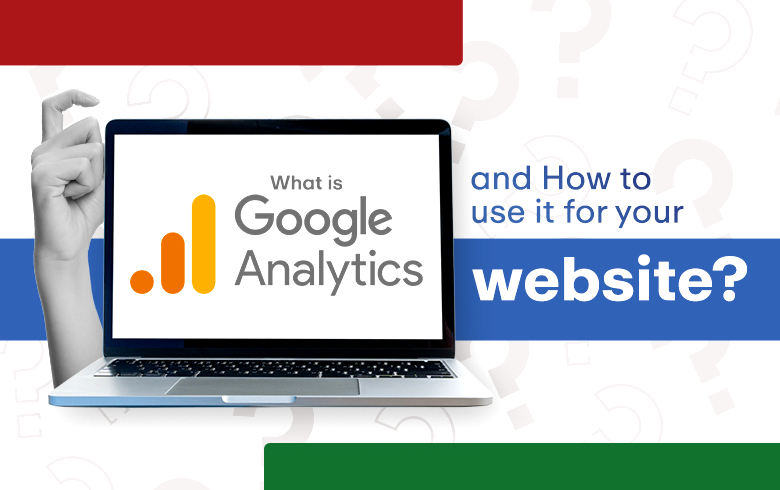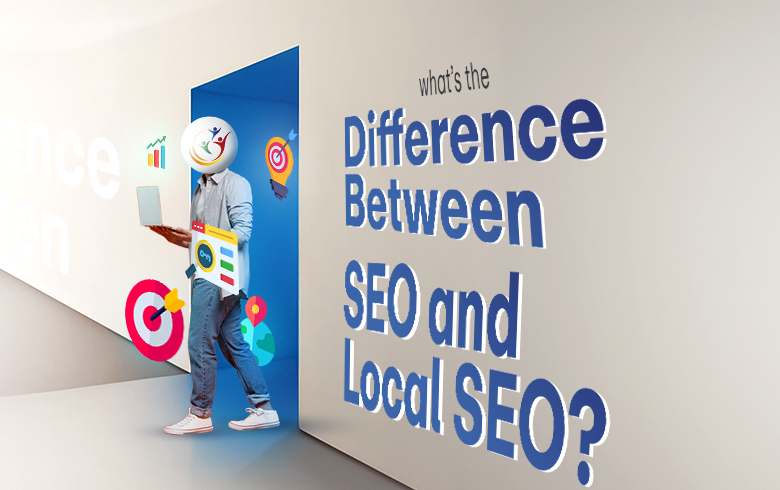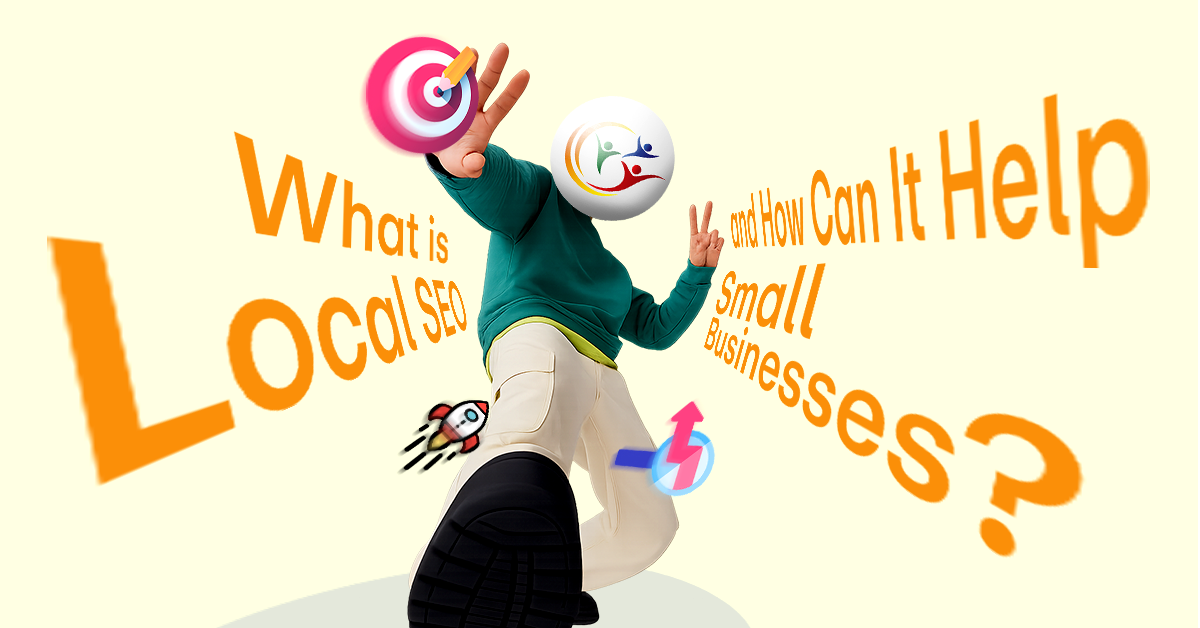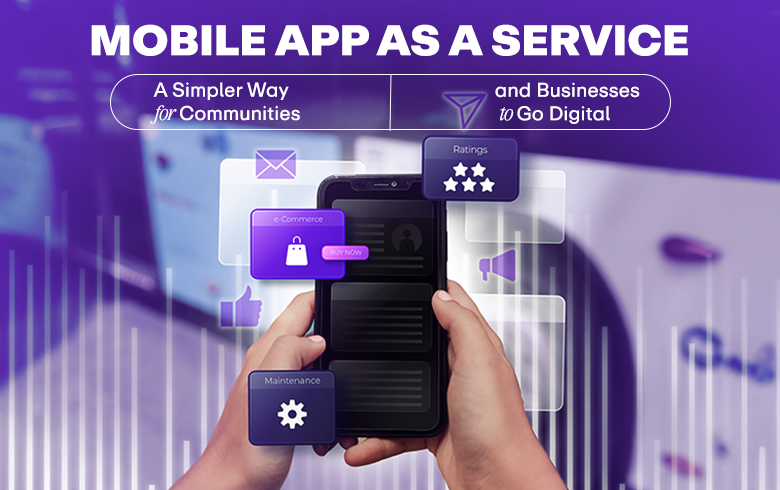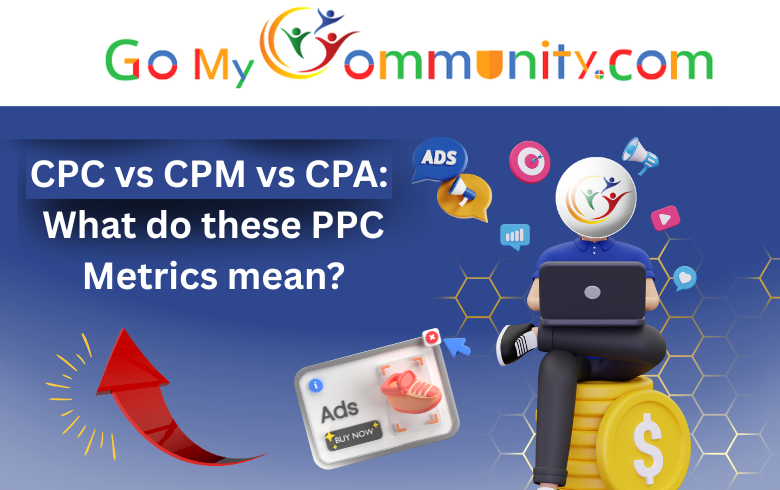Digital advertising can feel like a different language. When you hear terms like CPC, CPM, or CPA, it’s easy to feel overwhelmed—especially if you’re a small business owner or just starting out in marketing , you will be able to know the real Difference Between CPC,CPM & CPA.
But here’s the good news: once you understand these three core PPC metrics, you’ll have a strong foundation to launch effective ad campaigns—whether you’re running ads on Google, Facebook, Instagram, or platforms like MyCommunity.
In this blog, we’ll walk you through CPC vs CPM vs CPA, explain what each one means, when to use them, and how to make the most of your ad spend. Let’s keep things simple and practical.
Table of Contents
What Are PPC Metrics and Why Do They Matter?
PPC metrics are like a report card for your ads. They tell you:
- What’s working
- Where your money is going
- How people are responding to your ads
Understanding CPC vs CPM vs CPA helps you make smarter decisions so you don’t waste your budget on the wrong strategies.
What Is CPC? (Cost Per Click)
Simple Definition:
You pay each time someone clicks on your ad.
Use Case:
You want people to visit your website, read your blog, or check out your product.
Example:
You run a Facebook ad with a CPC of $0.50. If 200 people click on it, you’ll spend $100 total.
Best For:
- Driving traffic
- Promoting new content
- Testing different audiences
CPC works best when your website or landing page is ready to convert visitors into leads or buyers.
What Is CPM? (Cost Per Mille or 1,000 Impressions)
Simple Definition:
You pay based on how many people see your ad. CPM is short for “Cost Per Mille,” with “mille” meaning 1,000 views.
Use Case:
You want your brand or product to be seen by more people, even if they don’t click right away.
Example:
Your ad has a CPM of $5. That means you’ll spend $5 every time your ad is viewed 1,000 times.
Best For:
- Brand awareness
- Product launches
- Building visibility
Use CPM if you’re introducing your brand to a new audience or want to stay top-of-mind with local customers.
What Is CPA? (Cost Per Action or Acquisition)
Simple Definition:
You only pay when someone takes action—like making a purchase, filling out a form, or downloading an app.
Use Case:
Your goal is conversions, such as signups, sales, or bookings.
Example:
Let’s say your CPA is $10. If 10 people complete the action, you’ll pay $100. If no one does, you pay nothing.
Best For:
- E-commerce
- Lead generation
- Service-based businesses
CPA is best for advanced campaigns where you’re confident in your conversion process (like a proven landing page or sales funnel).
CPC vs CPM vs CPA: Which One Should You Choose?
Here’s a side-by-side comparison to help you decide:
| Metric | You Pay For | Ideal Goal | Best Platform Use | Risk Level |
| CPC | Clicks | Website visits | Google Ads, Facebook Ads | Medium |
| CPM | Views | Brand awareness | Display ads, video ads | Low |
| CPA | Actions | Sales/signups | Conversion-based platforms | High |
How to Match PPC Metrics with Campaign Goals
Choosing between CPC vs CPM vs CPA comes down to what you want to achieve:
Use CPC When:
- You want more people to visit your site
- You’re promoting blog posts or products
- You’re testing headlines or ad creatives
Use CPM When:
- You’re growing brand recognition
- You want to get in front of as many eyes as possible
- You’re okay if people don’t click right away
Use CPA When:
- You only care about results
- You want more signups, purchases, or leads
- You’ve optimized your landing page or checkout process
Real-World Example: Using PPC Metrics in a Local Business
Let’s say you own a coffee shop in San Diego and want to advertise on the MyCommunity App.
- Use CPM to build awareness in your area (e.g., “We just opened! Come visit us!”).
- Use CPC to get clicks to your website with a menu or special deal.
- Use CPA to drive real sales, like offering a coupon that people redeem in-store.
This mix of CPC vs CPM vs CPA gives you full control over the customer journey—from awareness to conversion.
Tips for Tracking PPC Metrics Like a Pro
- Set clear goals before choosing a metric.
Know whether you want views, clicks, or actions. - Start small, then scale.
Test your ad with a small budget to see what works. - Use tools like Google Analytics, Facebook Ads Manager, or MyCommunity’s dashboard to monitor performance.
- Don’t forget A/B testing.
Test different ad images, headlines, and call-to-actions. - Keep your landing pages fast and mobile-friendly.
A slow page will waste even a great CPA campaign.
How MyCommunity Helps Small Businesses Track PPC Metrics
If you’re a business owner using the MyCommunity App, you already have access to PPC-style advertising built into the platform. Here’s how it works:
- Show ads to nearby app users (local targeting)
- Choose your ad type: impressions (CPM), clicks (CPC), or actions (CPA)
- See real-time results from your campaign dashboard
You don’t need to be a marketing expert. MyCommunity makes it easy to choose between CPC vs CPM vs CPA, based on your business goals.
Making Sense of CPC vs CPM vs CPA
To wrap it up, knowing the difference between CPC vs CPM vs CPA is like knowing the difference between renting, leasing, or buying when advertising online. Each has a purpose.
- CPC: Great when you want traffic
- CPM: Perfect for visibility
- CPA: Best for results-driven campaigns
By understanding these PPC metrics, you can stop guessing and start growing—whether you’re running ads on Google or tapping into local customers with the MyCommunity app.
Ready to Start?
Use your favorite ad platform to test out CPC vs CPM vs CPA in real campaigns. Watch your PPC metrics closely, make changes, and grow smarter.
Want help setting up your first PPC ad? Reach out to our digital marketing team at Marketing.GoMyCommunity.today — we’re here to help!







